Sponsor Content Created With Dell
Real-World AI infrastructure: How PowerEdge air-cooled servers solve enterprise performance and cooling challenges
In the PowerEdge server lineup, innovative cooling methods and raw performance combine to meet enterprise AI needs at scale
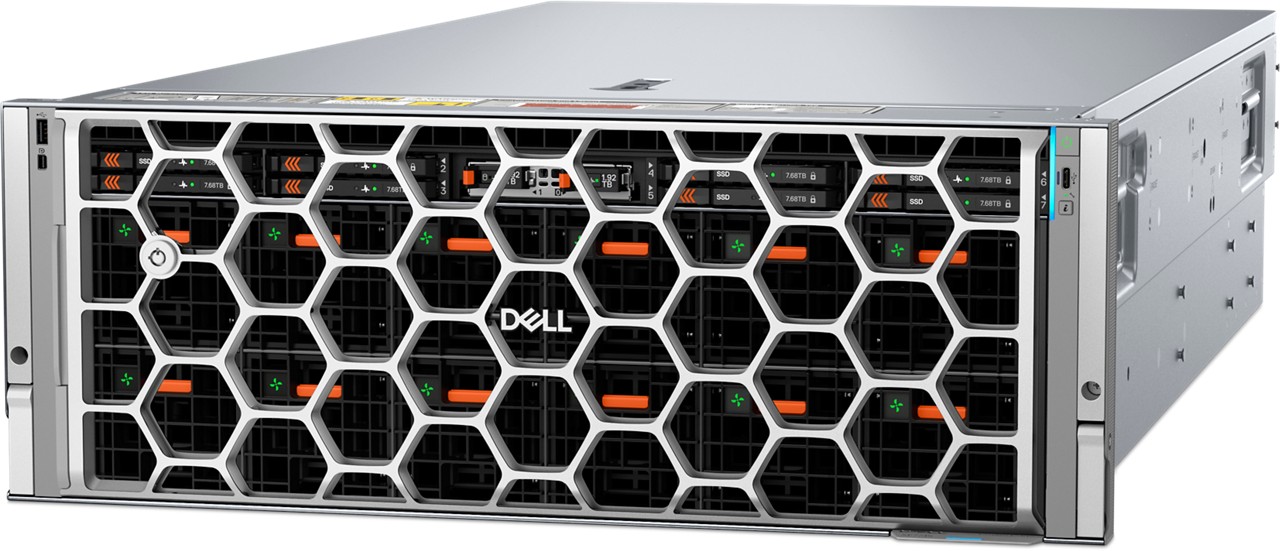
Businesses have fully entered the era of AI adoption, and IT leaders know that a key plank of this will be the rapid expansion of AI infrastructure. Beyond cloud vendor scoping and assessment of AI-enabled devices, this will primarily come in the form of widespread expansion of specialized server racks, largely run in data center environments.
One of the most pressing challenges to businesses deploying server racks for AI today is cooling them efficiently. A 2023 McKinsey analysis found cooling accounts for approximately 40% of data center energy consumption, and in the era of computationally-intensive AI workloads, the need for affordable and effective cooling methods has never been felt more keenly.
While this is being carried out through liquid cooling in some data centers, there’s a strong argument for the continued use of air cooling systems, which can offer impressive performance without inflated price tags.
Dell is one of the outright leaders in air-cooled servers, with years of experience delivering hardware that can meet demanding computing demands while maintaining optimal temperatures.
Dell’s PowerEdge product offering is a class-leading example of this pedigree, with PowerEdge servers offering flexible performance across every use case – from the smallest businesses to the largest multinationals.
This flexibility is carried through to Dell servers supporting all the major operating systems, ensuring businesses can continue to rely on the environments they already use, such as Windows and Linux, as well as VMware ESXi and Red Hat Enterprise Linux 9.
Overall, Dell PowerEdge presents businesses with an edge in adopting AI models, with competitive performance and innovative cooling solutions that, combined, allow businesses to leverage AI without incurring massive operating costs.
How powerful are Dell PowerEdge air-cooled servers?
There are a number of different ways to cool server racks, and Dell hits them all across the breadth of its PowerEdge servers, including liquid cooling and air cooling.
Dell’s air-cooled PowerEdge servers are engineered to meet demanding enterprise AI workloads. For instance, the Dell PowerEdge XE7745 supports up to eight NVIDIA H100 or A100 GPUs, delivering robust acceleration for training and inference. The system is powered by dual AMD EPYC processors, each featuring up to 96 cores, for a total of up to 192 CPU cores per server.
This is hardware purpose-built for running AI inference at scale, with the right blend of processing power and efficiency to meet LLM training, inference, and fine-tuning in an air-cooled and scalable rack.
Air-cooled servers offer an advantage in scalability, as you can expand your infrastructure rapidly and cost-effectively without the complexities of liquid cooling systems.
With the Dell PowerEdge XE7745, businesses can readily scale AI workloads by adding additional servers, leveraging standard rack deployment with enhanced fans and optimized airflow management. This approach enables organizations to adapt to growing computational demands while maintaining flexibility and minimizing operational costs associated with cooling infrastructure. The PowerEdge XE series is designed to evolve alongside your AI initiatives, supporting seamless expansion as requirements increase.
Similarly, the Dell PowerEdge R7615 delivers exceptional performance in a compact 2U rack form factor, supporting a single AMD EPYC 4th-generation 9004 Series processor with up to 128 cores. It features high-density memory with up to 12 DDR5 DIMM slots for a maximum capacity of 3 TB and supports memory speeds up to 4800 MT/s. The system is equipped with PCI Express Gen5 expansion slots for substantial data throughput. For cooling, the R7615 can be configured with either advanced air cooling or optional direct liquid cooling, offering flexibility to suit a range of deployment needs.
Adtech giant Taboola uses Dell PowerEdge servers for powerful, consistent processing power. Just as its 15,000 advertisers rely on it to deliver the compute needed to reach hundreds of millions of daily users, to whom it delivers 500,000 AI-driven recommendations per second, Taboola relies on Dell to provide the compute necessary to run its operations smoothly and at scale.
“PowerEdge servers accelerate our AI innovations with extreme compute capabilities in a compact form factor,” says Ariel Pisetzky, vice president of IT and cybersecurity at Taboola.
The firm clusters PowerEdge servers to run its applications, with each generation of PowerEdge server adding a 30-76% improvement* in performance without requiring data center expansion. This is achieved through improvements in power density and efficient cooling.
“Every new generation of PowerEdge servers provides a new level of performance within the same footprint … Rather than growing our data center, we can enhance our density while producing all the power we need.”
He continues: “Generative AI is here and it’s here to stay. Dell PowerEdge servers provide the extraordinary power needed to run our AI.”
The R-Series is a clear example of Dell’s optimization at work and a reminder to all businesses that efficient use of server racks is as important to unlocking return on AI investment as the quality of the AI models one deploys.
For example, the 17th generation R-Series PowerEdge offers a 1.5x performance improvement over previous R-Series, as well as 28x performance per watt. The boost in power efficiency, matched with a sizable performance boost, is linked in no small part to Dell’s reliable approach to cooling.
Web hosting firm Hostinger is no stranger to the benefits of R-series PowerEdge servers. It used Dell PowerEdge R6615 servers to deliver performant, reliable, and low-latency services to its customers. As a result of its deployment, the firm unlocked 20% better performance across its core services, as well as a 20% improvement in its price/performance ratio.
“Anyone can offer good hosting services in the market, but if you don’t have the infrastructure to support them, you’re going to fail,” says Skirmantas Juraška, head of infrastructure at Hostinger.
“Our AI operations will expand over time, and Dell PowerEdge servers with AMD processors will help drive that transformation, integrating the power of AI with our data.”
In summary, the Dell PowerEdge lineup is designed to offer enterprise-level AI performance without sacrificing energy efficiency. Through a combination of dense rack and meaningful performance improvements over previous iterations and the competition, Dell PowerEdge delivers exceptional value for money for businesses of all sizes.
What makes Dell PowerEdge so efficient?
When it comes to air-cooled infrastructure, not all fans are created equal. Dell takes as efficient an approach as possible to air cooling racks, with innovative cooling algorithms designed to track rack temperatures and maintain optimal levels with the lowest possible fan speeds.
For example, Dell testing found that CPU reliability in a test rack was identical at both 80 and 90 degrees Celsius, with a 22W difference between achieving the two. Applied to all the racks in one’s data center, this can add up to significant energy savings.
Temperature is measured with a large number of sophisticated sensors within the PowerEdge portfolio, with between 50 and 70 used to monitor all onboard components, including the CPU, GPU, NPU, as well as power supply units and I/O modules.
This also allows fans to spin slower, reducing energy costs and improving the infrastructure’s operational lifespan.
Indeed, Dell’s servers are also known for their reliability. The PowerEdge R-Series is already the world’s most deployed PowerEdge server and is regarded as the go-to option for widespread use in data centers, and its latest iterations offer even more performance, drive density, and energy efficiency.
These gains are not only achievable for the largest businesses. The Maricopa County Recorder’s Office has used Dell PowerEdge servers to deliver digital services such as document retrieval to its 3,000-5,000 daily users, sorting through approximately 49 million searchable files.
With the performance per watt of each PowerEdge server, Maricopa County Recorder’s Office has been able to radically reduce its data center costs: it achieved 90% savings by slashing its physical server count from 50 to just six. At the same time, the servers are capable of scaling compute by 200x daily needs, to meet ramped demand in the election season.
“We might not devote much computing power to elections for months, and then we’ll quickly have to ramp up to 200 times what we would typically run daily,” says Nathan Young, IT director at Maricopa County Recorder’s Office.
“Having PowerEdge servers with Xeon® Intel core processors allows us to scale compute resources as needed, while saving on energy and rack space.”
The Dell PowerEdge XE7745 utilizes a spacious 4U rack chassis, engineered to support high-performance components and intensive AI workloads. This chassis offers ample room for advanced airflow management with high-capacity fans, enabling effective air cooling even in demanding computational environments.
The PowerEdge XE-Series, including the XE7745, can be equipped with rear door heat exchangers (RDHx). RDHx solutions actively cool the exhaust air from the server racks by passing it through heat exchangers where the heat is absorbed by circulating chilled water. This process efficiently lowers the temperature of the air returning to the data center without requiring direct liquid cooling inside the server chassis, helping maintain optimal operating conditions and supporting scalable AI deployments.
Dell has gone a step further in its adoption of this tested method to efficiently cool components, with the establishment of its Dell PowerCool Enclosed Rear Door Heat Exchanger (eRDHx).
Whereas a traditional RDHx needs water at 20 degrees Celsius (68 degrees Fahrenheit) to work properly, Dell’s eRDHx recirculates cooled-down air to the front of a given server rack to provide a further chilling effect, meaning operators can use 32 degrees Celsius (90 degrees Fahrenheit) water to achieve the same result.
Overall, the RDHx has driven rack energy usage 10x lower, meaning leaders can expand their AI compute infrastructure by 16% without adding to power consumption.
In summary, Dell is engaged in both active and passive heat and energy reduction, using both well-known and innovative technologies to ensure its infrastructure trods as lightly on customer CapEx as possible.
If you think PowerEdge servers are the right call for your business, find out more about pricing options on the Dell website.
Sign up today and you will receive a free copy of our Future Focus 2025 report - the leading guidance on AI, cybersecurity and other IT challenges as per 700+ senior executives
-
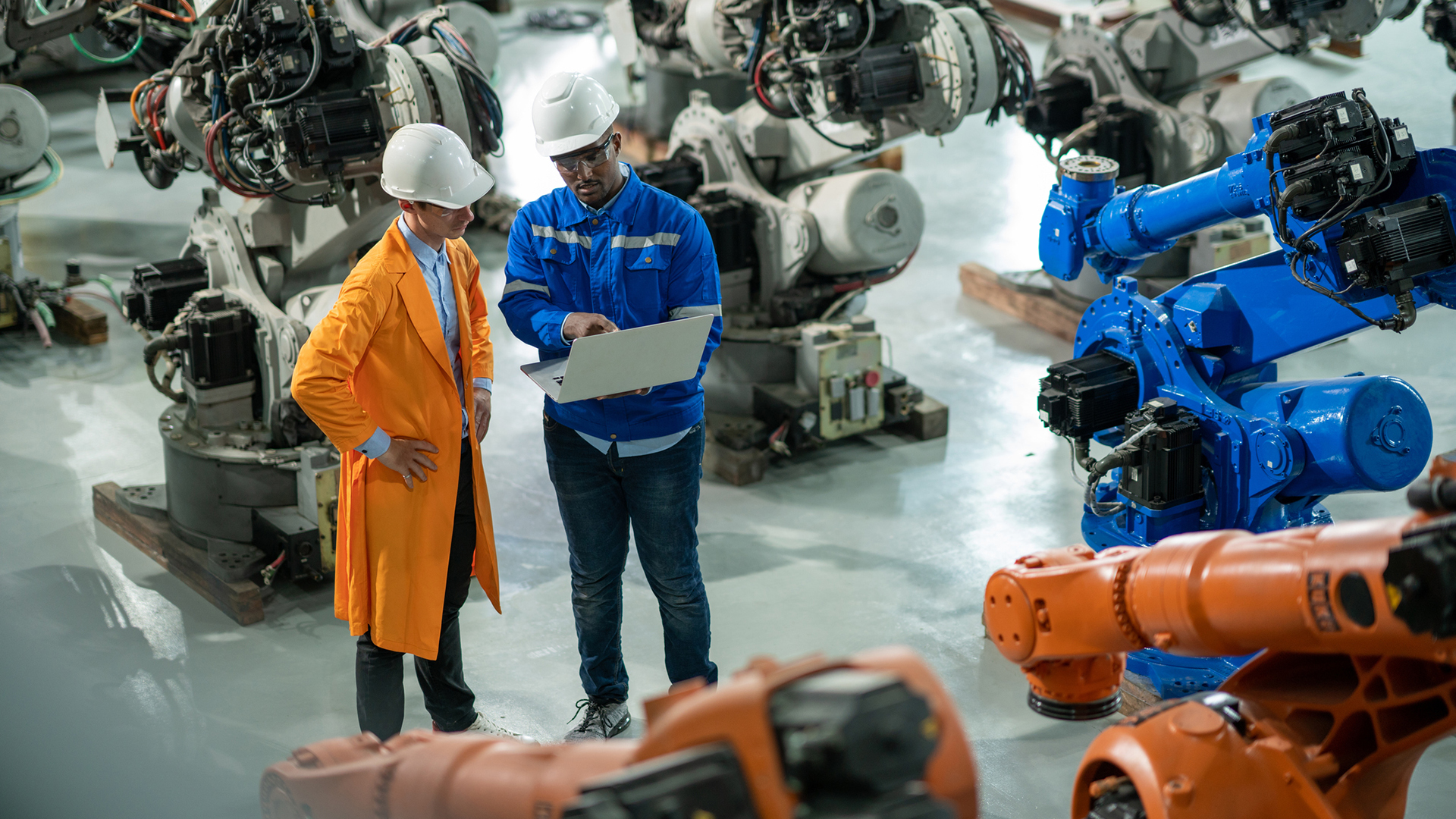 How the UK is leading Europe at AI-driven manufacturing
How the UK is leading Europe at AI-driven manufacturingIn-depth A new report puts the country on top of the charts in adopting machine learning on the factory floor in several critical measures
-
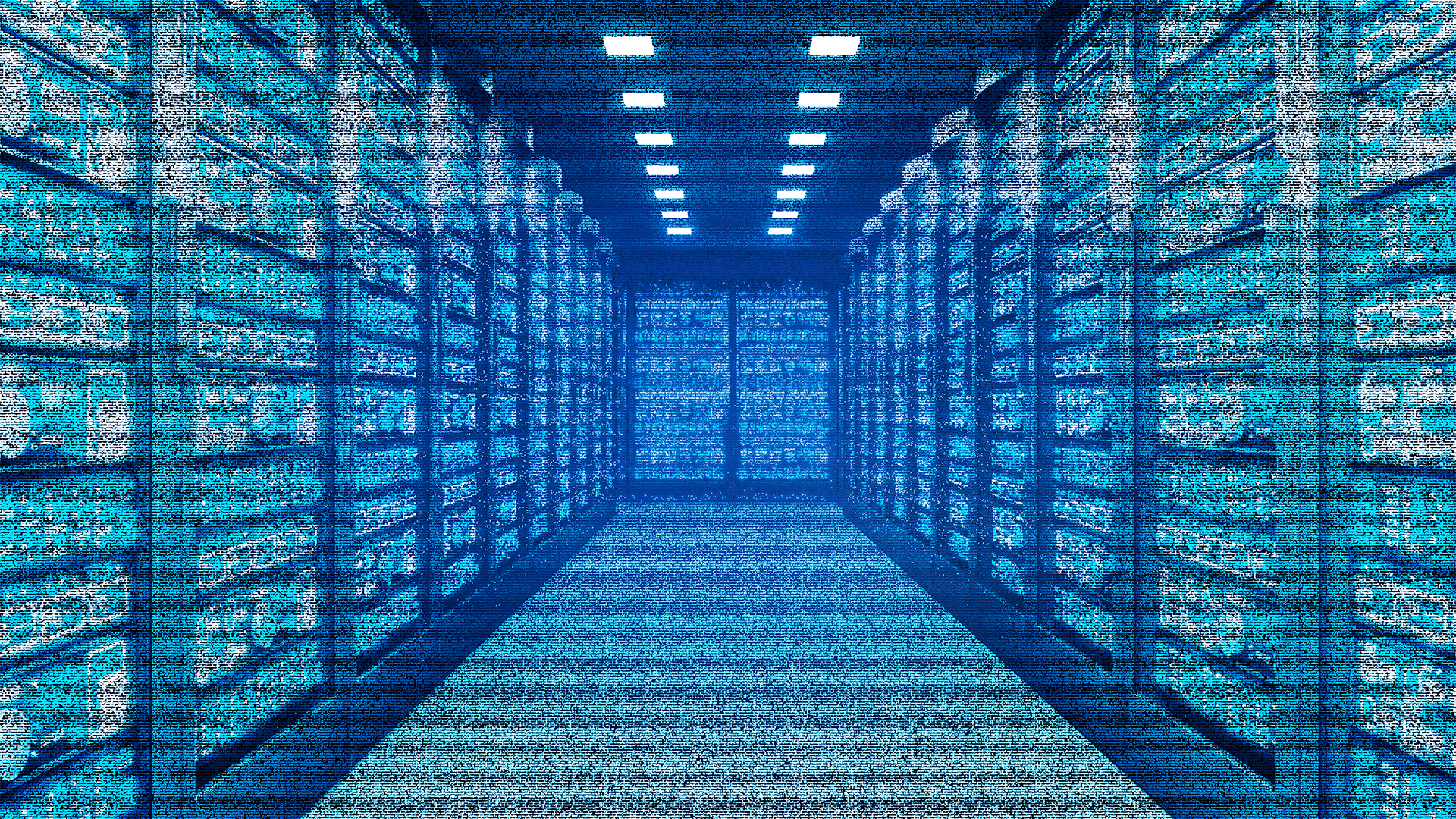 US data center power demand forecast to hit 106GW by 2035, report warns
US data center power demand forecast to hit 106GW by 2035, report warnsNews BloombergNEF research reveals a sharp 36% jump in energy forecasts as "hyperscale" projects reshape the American grid
-
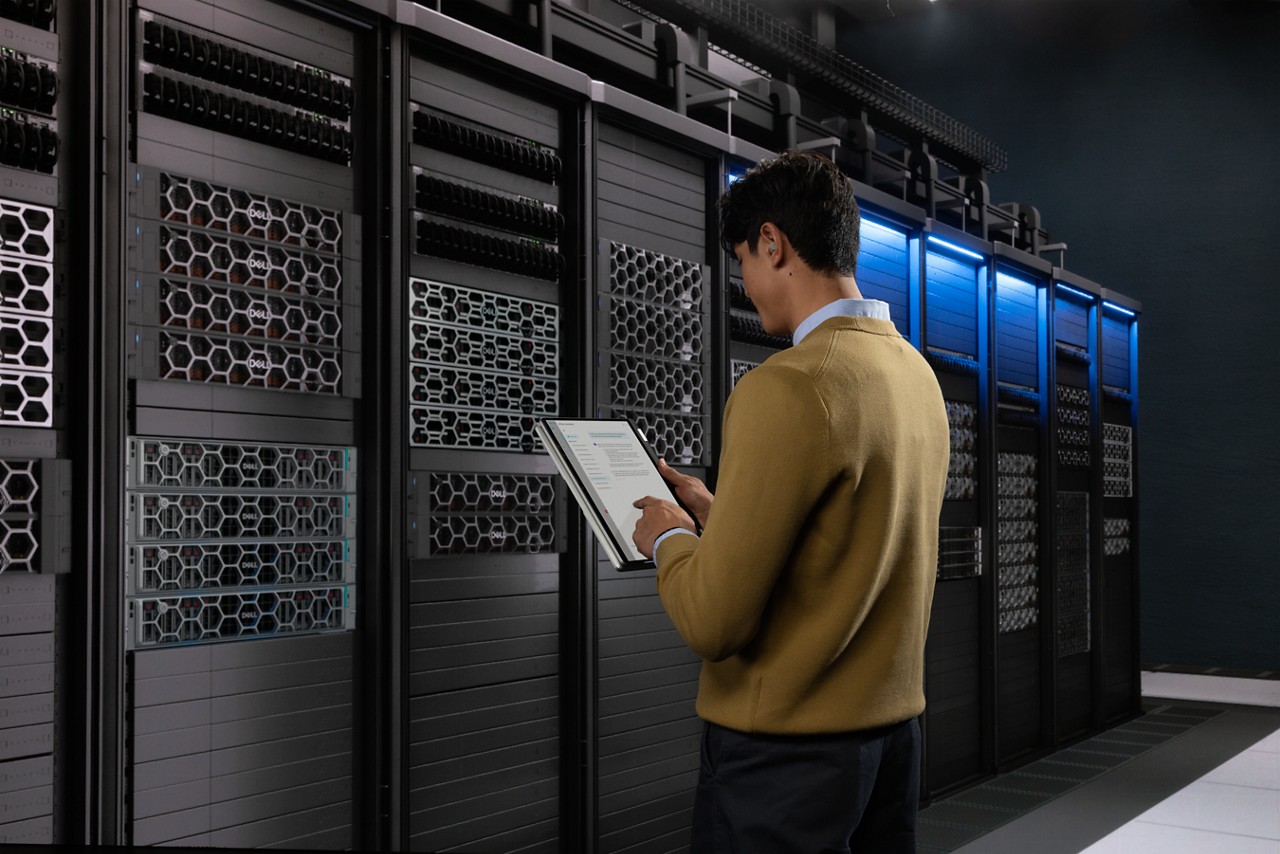 Invest in the future: Why PowerEdge is earning its place in 2025/2026 budgets
Invest in the future: Why PowerEdge is earning its place in 2025/2026 budgetsDell Technologies works with customers’ needs for performance and efficiency to ensure organizations are set up for success.
-
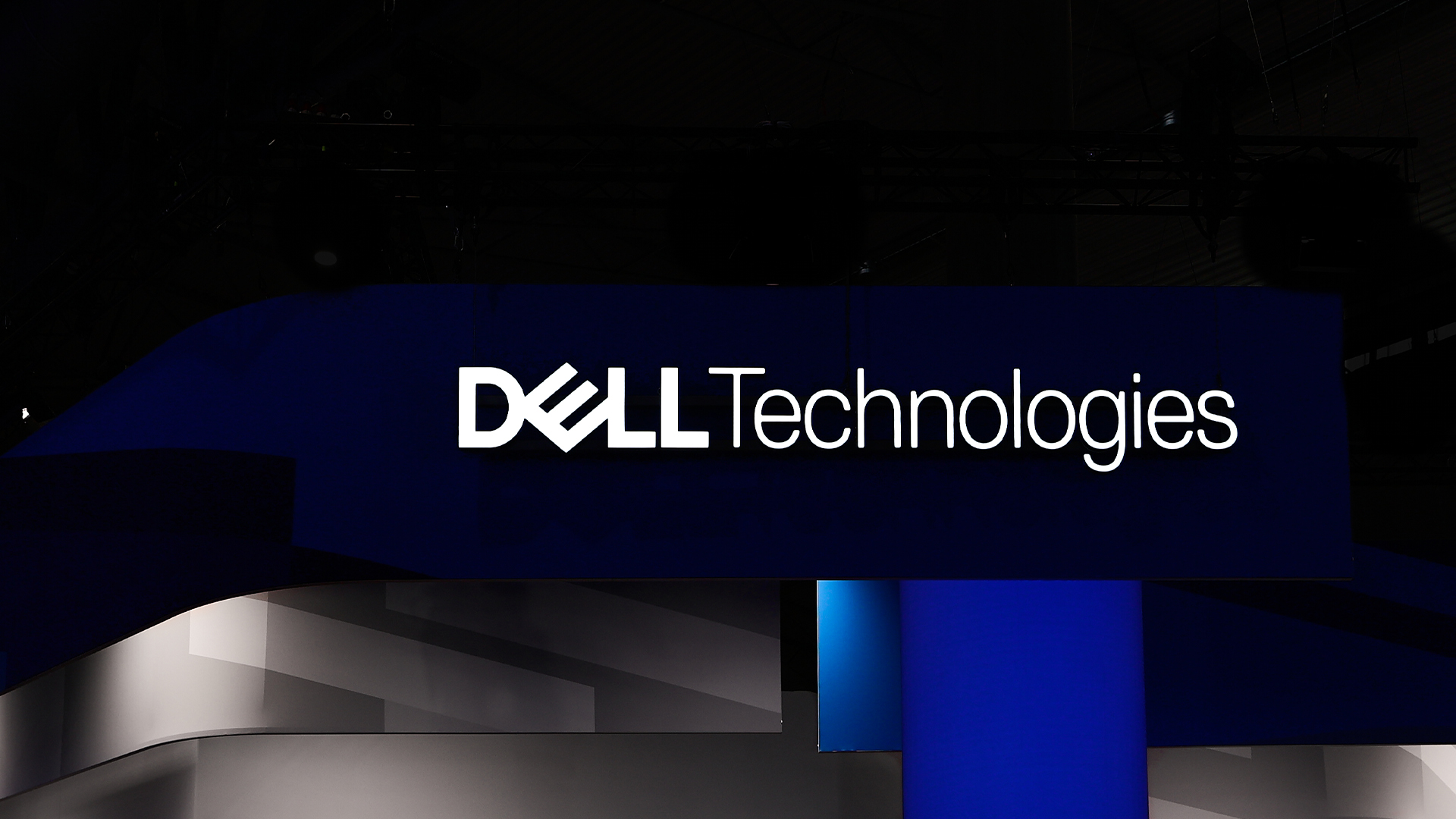 Dell Technologies just announced a major data platform overhaul – here's what customers can expect
Dell Technologies just announced a major data platform overhaul – here's what customers can expectNews Dell has unveiled extensive updates and new features in storage and data engines in a bid cater to the growing demand for scalable AI infrastructure
-
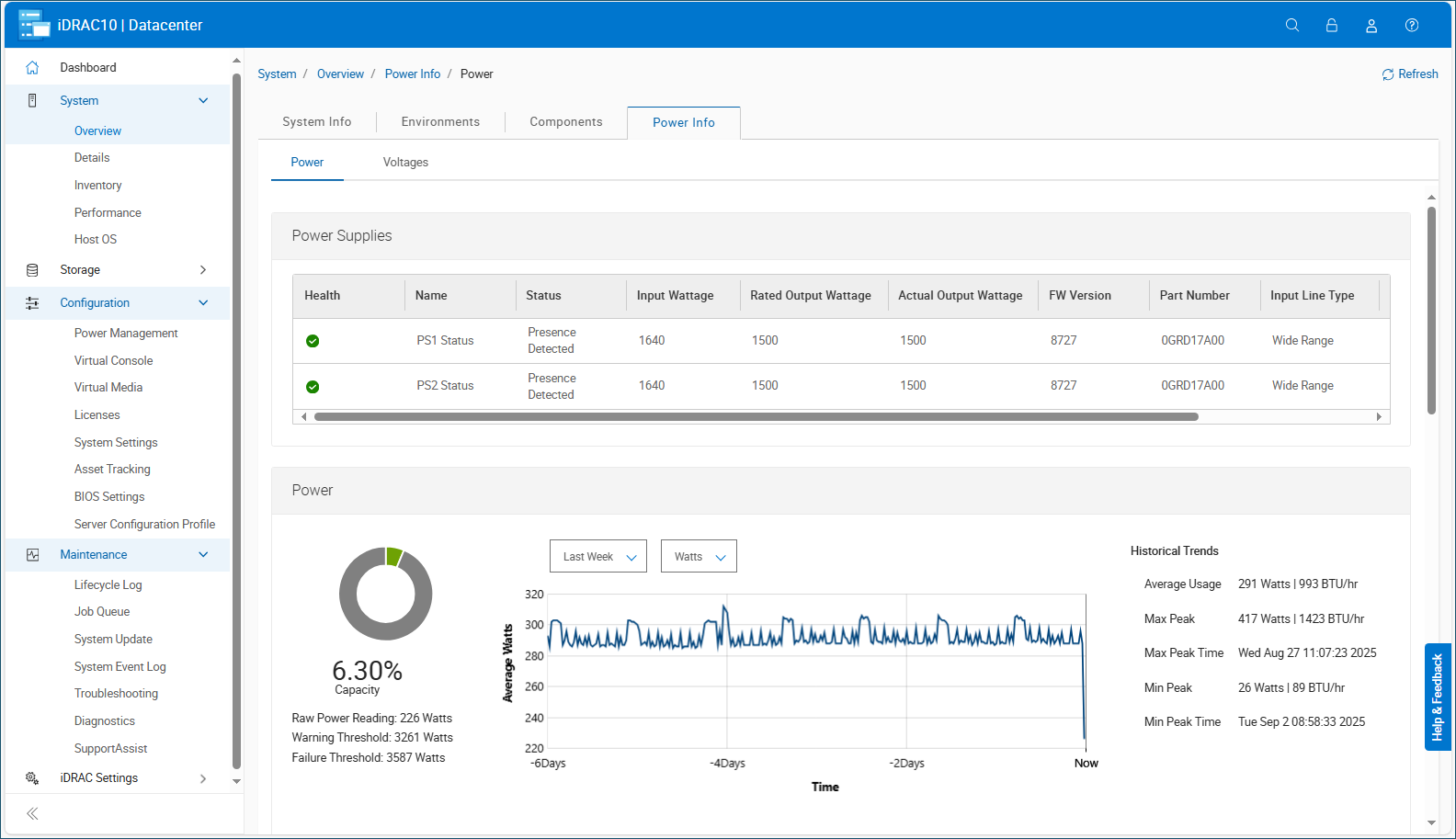 Dell iDRAC10 review: The best remote server management solution just got even better
Dell iDRAC10 review: The best remote server management solution just got even betterReviews Dell's iDRAC10 is a standard-setter for remote server management, and the latest firmware update delivers a wealth of new features and extreme ease of use
-
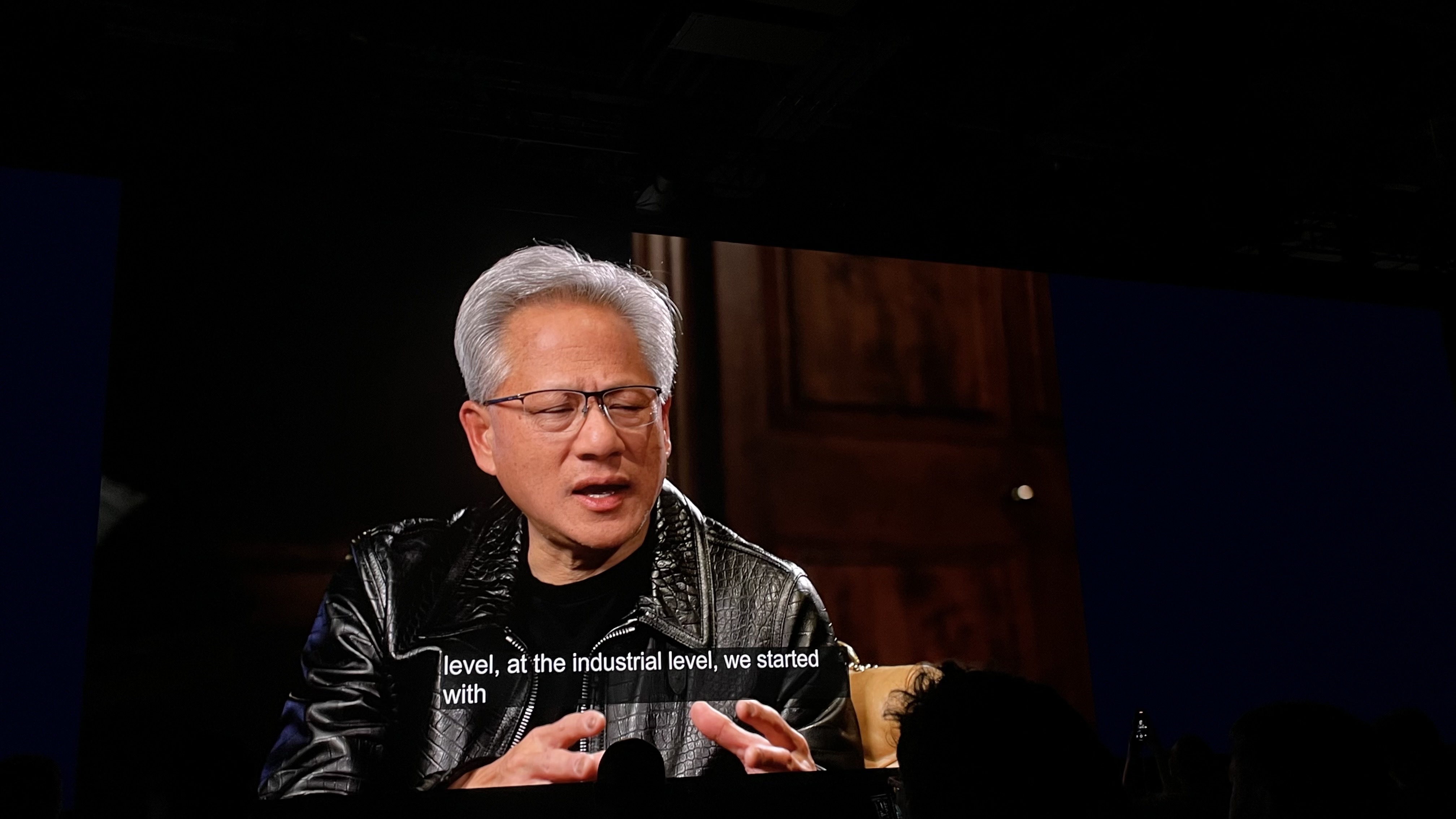 Jensen Huang joins Dell Technologies World virtually to talk servers and AI factories
Jensen Huang joins Dell Technologies World virtually to talk servers and AI factoriesNvidia CEO virtually joined Michael Dell for the opening keynote of the 2025 conference to talk through a host of AI and server announcements
-
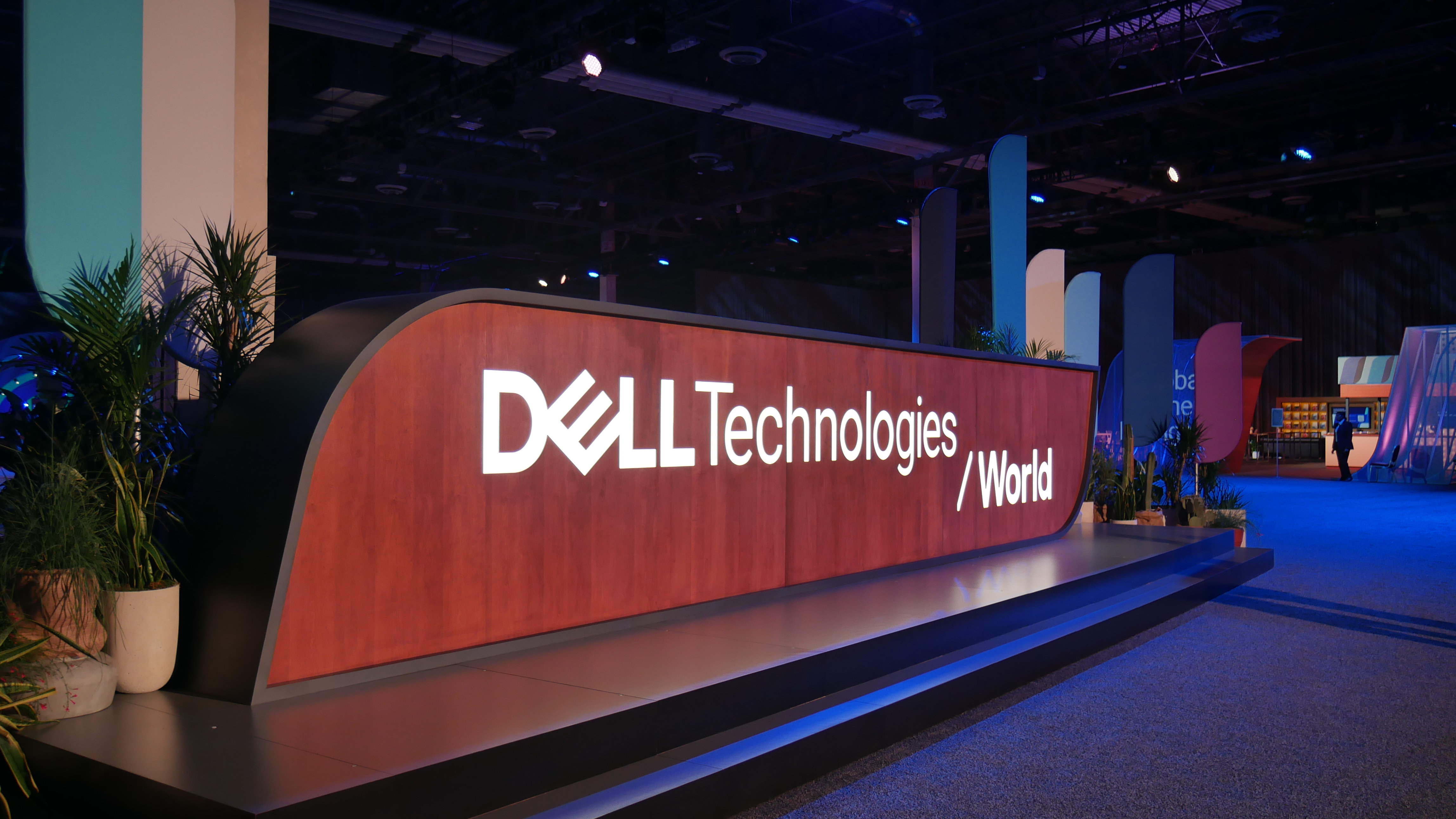 Dell Technologies wants to cut infrastructure costs – here's how it plans to do it
Dell Technologies wants to cut infrastructure costs – here's how it plans to do itNews Efficiency, power, and scalability are the name of the game for Dell’s infrastructure offerings
-
 Equinix and Dell Technologies want to transform AI infrastructure
Equinix and Dell Technologies want to transform AI infrastructureNews Dell AI Factory technology will be integrated into the Equinix global network of data centers